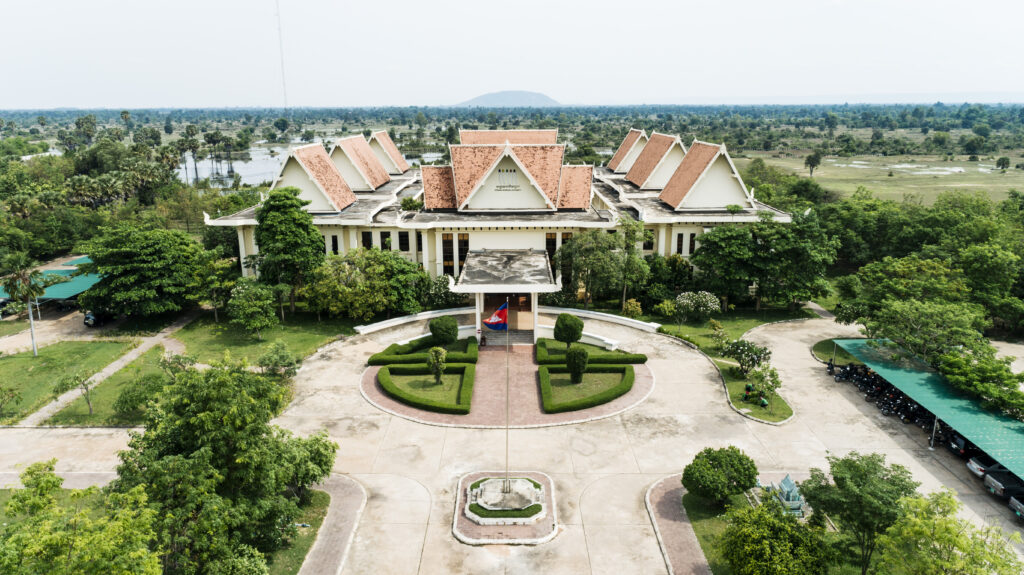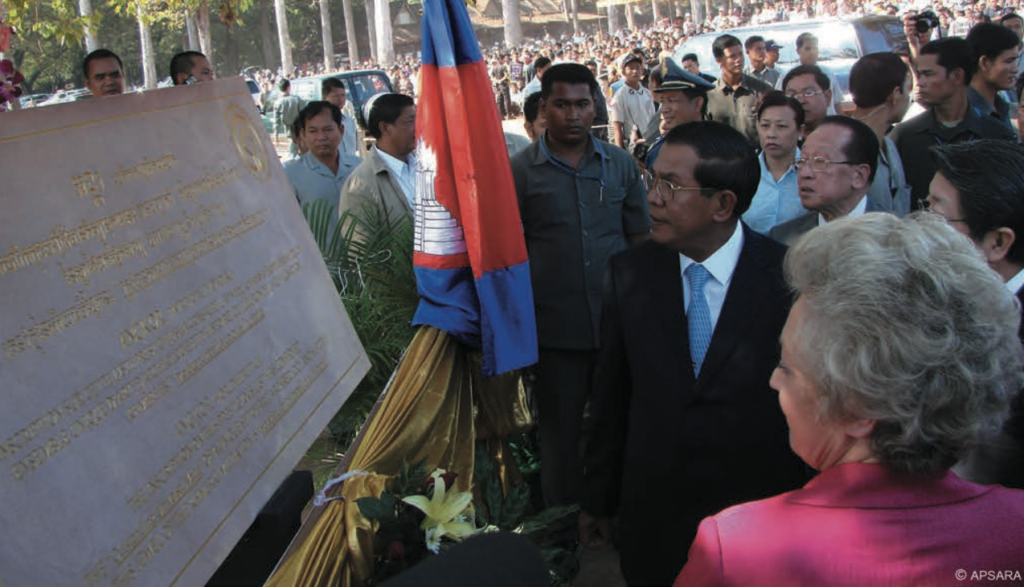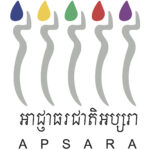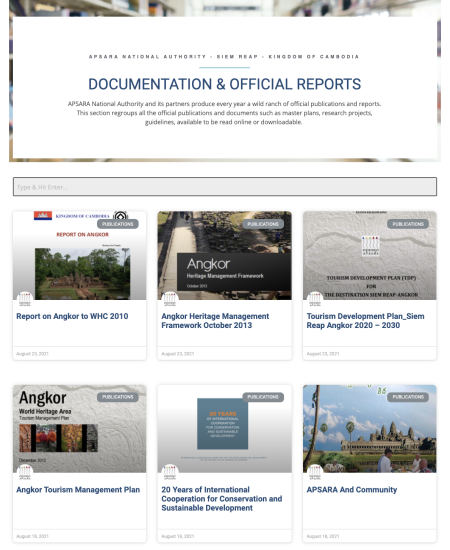កូនឈើចម្រុះចំនួន៥,៨២០ដើម ត្រូវបានអាជ្ញាធរជាតិអប្សរាចែកចាយពីថ្ងៃទី០១ ខែឧសភា ដល់ថ្ងៃទី០៩ ខែមិថុនា ឆ្នាំ២០២៥- 5,820 saplings distributed by the APSARA National Authority- 14 June 2025
– ផ្តល់កូនធ្នង់ចំនួន៣០០ដើម ជូនតំណាង ឯកឧត្តម ឧត្តមសេនីយ៍ឯក ពៅ ហេង មេបញ្ជាការយោធភូមិភាគទី៤នៃកងទ័ពជើងគោក ដើម្បីយកទៅដាំនៅតាមបណ្តាបរិវេណទីបញ្ជាការកងឯកភាពចំណុះយោធភូមិភាគទី៤។









